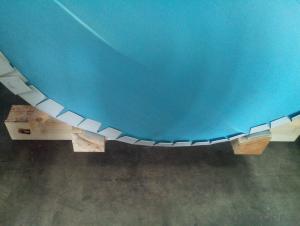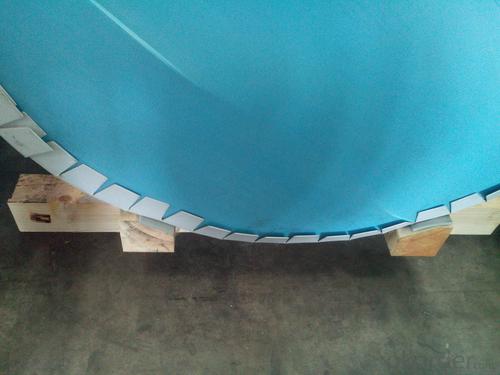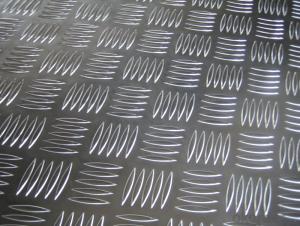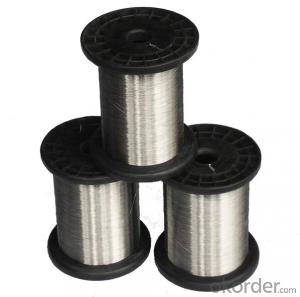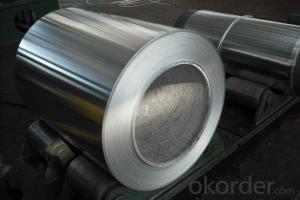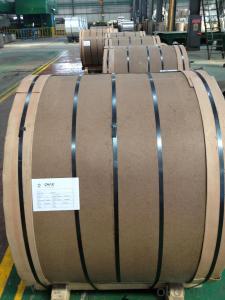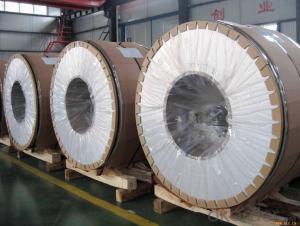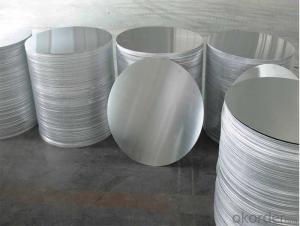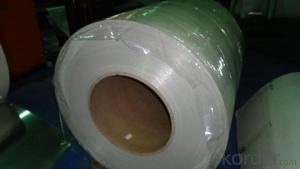Boat T Top Aluminum Sheets for Direct Rolling Aluminum Coils Second Casting
- Loading Port:
- Shanghai
- Payment Terms:
- TT OR LC
- Min Order Qty:
- 5 m.t.
- Supply Capability:
- 50000 m.t./month
OKorder Service Pledge
OKorder Financial Service
You Might Also Like
Specification
1.Structure of Direct Rolling Aluminum Coils for Second Casting
Direct Rolling Aluminum Coils for Second Casting is one semi-finished aluminium material. This strip can be rolled down to aluminium coil,sheet,circle ect. The alloy AA1050 is widly used in building, industry ect. Its weight is much lower than steel. So many customers choosed aluminium material instead of steel.
2. Main features of Direct Rolling Aluminum Coils for Second Casting
a.Competitive price---We have our own mills and can produce mill finished aluminium coils, so we can control the production cost better.
b.Professional after-sale service---We have more than 15 years exportation experience and you need not worry about the exporation problems.
c.Fast delivery time---We can control the delivery time within 35 days.
3. Image of Direct Rolling Aluminum Coils for Second Casting
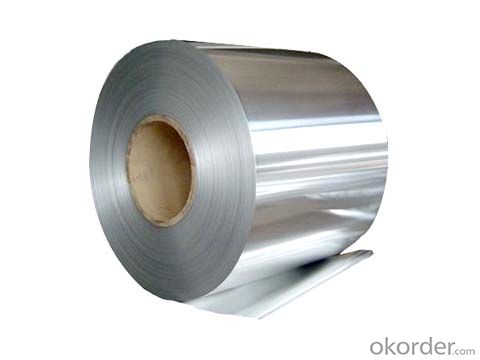

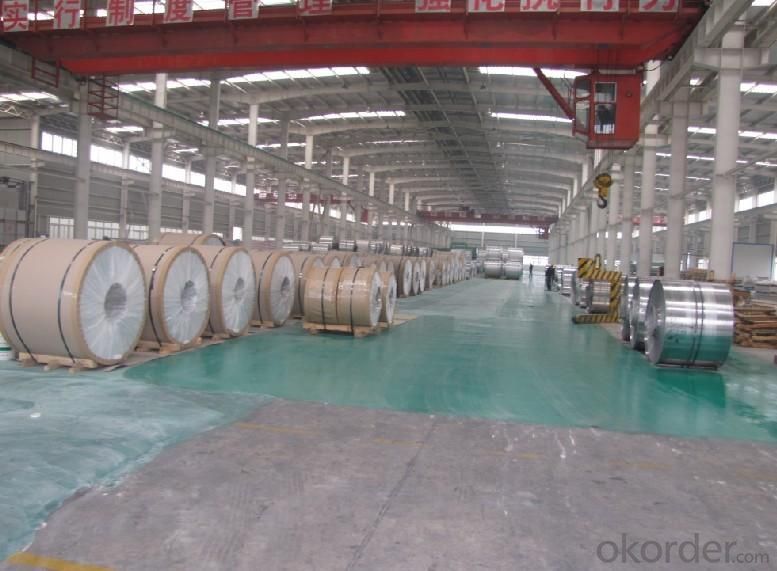
4. Product Specification of Direct Rolling Aluminum Coils for Second Casting
| Rolling | Temper | Thickness | Width | Weight |
| Direct Rolling | F | 3MM-8MM | 1200MM-1800MM | 3-6 TONS |
5.FAQ:
What is the quality standard?
---Usually our standard is GB3880-2006
What is the largest width?
---It is 2300mm
What is the MOQ?
---Usually we can accept 80 tons.
- Q: What kind of aluminum sheet is most suitable for constructing the exterior walls of a building?
- <p>The best type of aluminum sheet for building exterior walls is typically aluminum composite material (ACM) or aluminum coil coated with a protective layer. ACM is lightweight, durable, and offers excellent resistance to weather and corrosion. It also provides good thermal insulation and is easy to install. Coated aluminum coils are often used for cladding due to their strength, low maintenance, and longevity. The choice may also depend on specific project requirements, such as aesthetic considerations, budget, and local climate conditions.</p>
- Q: What are the properties of anodized aluminum sheets?
- Anodized aluminum sheets have a protective oxide layer that provides increased corrosion resistance, durability, and a decorative finish. They are lightweight, non-toxic, and offer excellent heat and electrical conductivity. Additionally, anodized aluminum sheets are easy to clean, resistant to fading and scratching, and can be dyed in various colors for aesthetic purposes.
- Q: what is better for my 96 mustang gt. porting and polishing my stock heads or getting aluminum heads. also could i do a 3v conversion?
- Aluminum. They reduce weight and reduce heat!
- Q: Is aluminium plate the same as aluminium alloy?
- Oh, No. aluminum contains only aluminum, and there are some other metals besides aluminium.
- Q: What are the different grades of aluminum sheets?
- The different grades of aluminum sheets include 1100, 3003, 5052, 6061, and 7075.
- Q: Can aluminum sheet be used for electrical conductivity applications?
- Aluminum sheet is indeed suitable for electrical conductivity purposes. This metal possesses remarkable conductivity, ranking second only to copper. It is widely employed in electrical wiring, power transmission lines, and electrical components. Aluminum sheets find utility in various applications demanding electrical conductivity, including the creation of electrical panels, bus bars, and heat sinks. Nevertheless, it is crucial to acknowledge that the sheet's conductivity may be influenced by its thickness and purity. Hence, these aspects must be taken into account when selecting the suitable aluminum sheet for a particular electrical application.
- Q: Characteristics of anodized aluminium plate
- (3) strong sense: the metal surface of aluminum anodic treatment of high hardness, as gem, scratch resistance, surface is not covered with paint, keep aluminum metal color, highlight the modern sense of metal, improve product quality and added value.(4) high fire resistance: pure metal products, the surface without paint and any chemical substances, 600 degrees high temperature does not burn, does not produce toxic gases, fire protection and environmental protection requirements.
- Q: Are the aluminum sheets available in different grades?
- Yes, aluminum sheets are available in different grades. Aluminum is commonly used in various industries due to its lightweight, corrosion resistance, and strength-to-weight ratio. Different grades of aluminum sheets are designed to meet specific requirements for various applications. The most common grades include 1100, 3003, 5052, 6061, and 7075. Each grade has its own unique properties and characteristics, such as strength, formability, weldability, and machinability. The choice of grade depends on factors such as the intended use, environmental conditions, and desired properties of the finished product.
- Q: This question asks for the steps or methods required to install aluminum sheets on a rooftop.
- <p>To install aluminum sheets on a roof, follow these steps: 1. Inspect the roof structure for any damage and ensure it can support the weight of the aluminum sheets. 2. Measure and cut the aluminum sheets to the required size using a metal saw. 3. Attach a drip edge to the eaves to prevent water from seeping under the sheets. 4. Lay the first sheet horizontally on the roof, starting from the bottom edge, and secure it with roofing nails. 5. Overlap the subsequent sheets by about 1-2 inches and fasten them with nails, ensuring a watertight seal. 6. Install flashing around vents, chimneys, and other roof projections to prevent leaks. 7. Seal all seams and fasteners with a high-quality sealant to ensure a weathertight installation. 8. Inspect the installation for any gaps or leaks and make necessary adjustments.</p>
- Q: What is the typical lead time for ordering aluminum sheets?
- The lead time for ordering aluminum sheets can vary depending on factors such as the supplier, quantity of sheets ordered, and demand for aluminum. Generally, lead times can range from a few days to several weeks. If you are looking for standard-sized aluminum sheets that are readily available, the lead time is usually shorter, typically ranging from a few days to a week. Suppliers have these common sizes in stock and can ship them quickly. However, if you need custom-sized sheets or a large quantity that is not readily available, the lead time may be longer. In these cases, the supplier may need to source the aluminum, cut it to size, and process any necessary treatments or finishes. This process can take several weeks, especially if the supplier has a high volume of orders or if the aluminum needs to be imported. To determine the specific lead time for your order, it is important to communicate with the supplier. They can provide an estimated timeframe based on their production capacity, stock availability, and other factors that may affect the lead time.
Send your message to us
Boat T Top Aluminum Sheets for Direct Rolling Aluminum Coils Second Casting
- Loading Port:
- Shanghai
- Payment Terms:
- TT OR LC
- Min Order Qty:
- 5 m.t.
- Supply Capability:
- 50000 m.t./month
OKorder Service Pledge
OKorder Financial Service
Similar products
Hot products
Hot Searches
Related keywords
